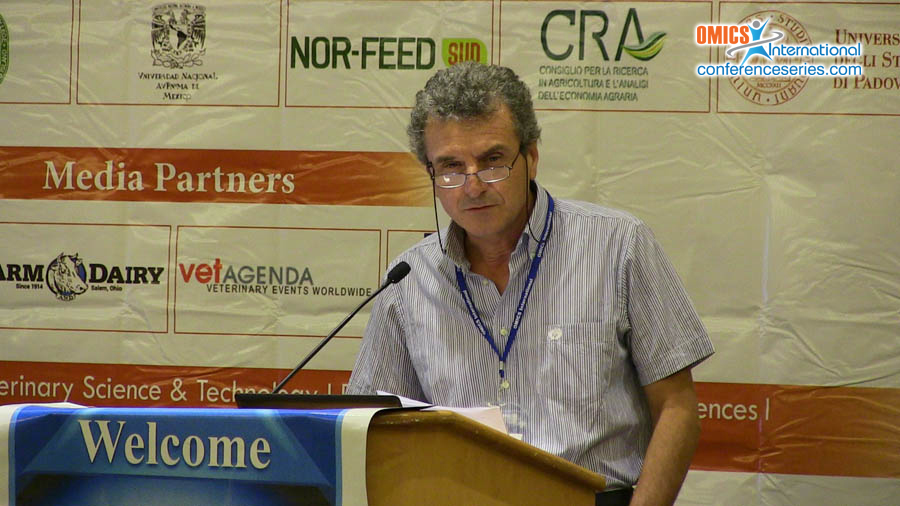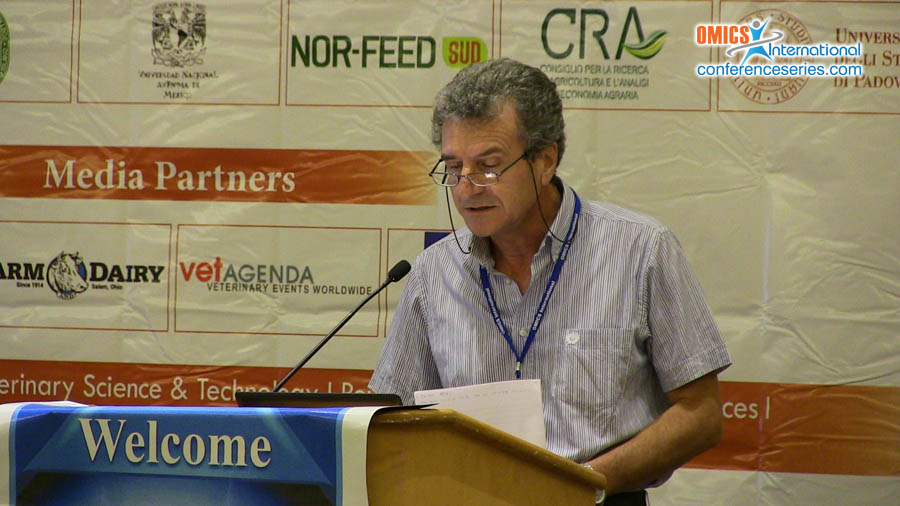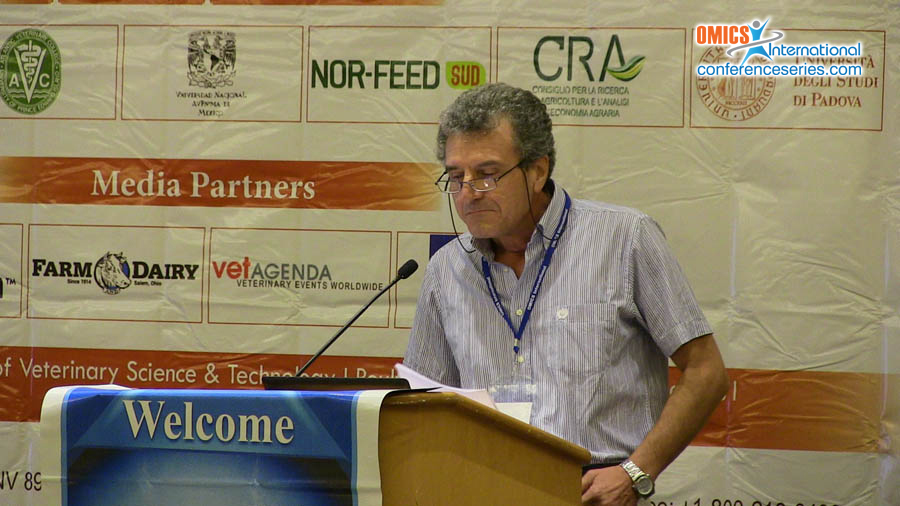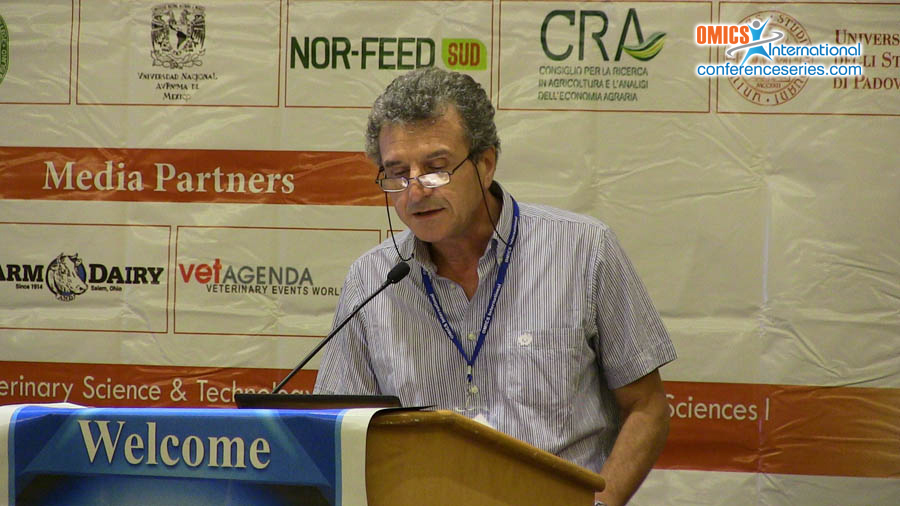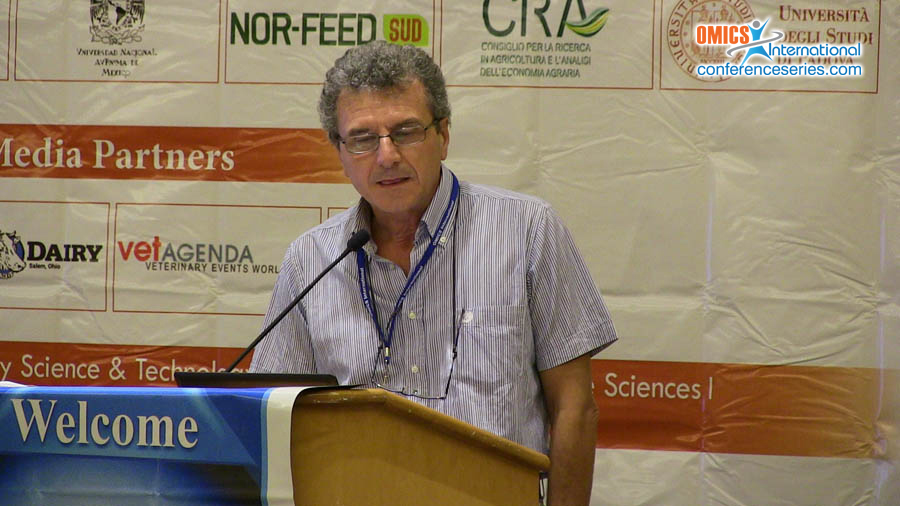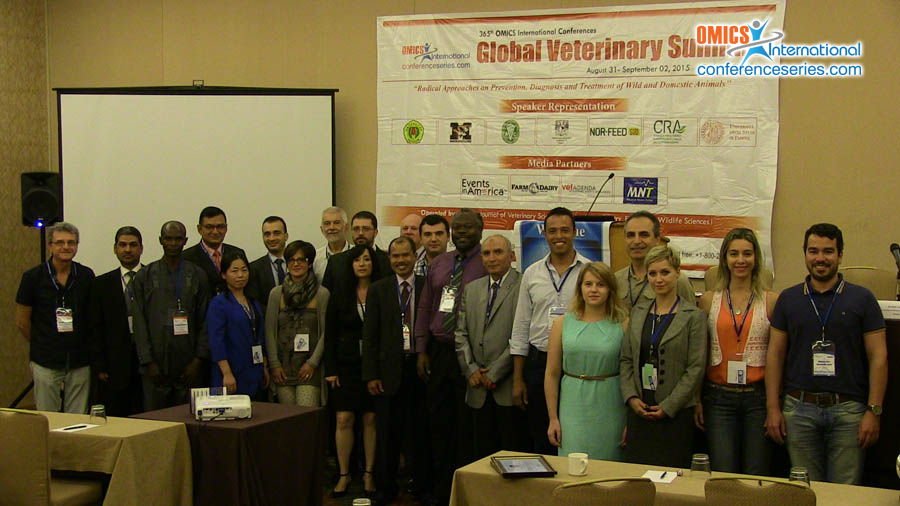
Francesco Napolitano
Animal Production Research Centre
Italy
Title: Gelsolin expression in sheep mammary gland
Biography
Biography: Francesco Napolitano
Abstract
Gelsolin (GSN) is representative of a class of actin-modulating proteins found in lower eukaryotes through mammals acting both as an intrinsic cytoplasmic protein and as a secreted plasma protein. In mammalian three main gelsolin isoforms have been characterized: the isoform a, which is a 782-aminoacid secretory protein; isoform b, which is a 731-amino acid cytosolic protein and, isoform c or gelsolin-3, which is a 742-amino acid protein localized primarily in the central nervous system. All isoforms arise by alternative splicing from the same gene. The cytoplasmic and secreted forms of gelsolin are the most potent actin filament-severing proteins. Actin, one of major components of the cytoskeleton, plays important roles in the cells eliciting cell shape and organization. Actin is pivotal to a set of processes that involve motility and/or structural rearrangement within cells, e.g., cell migration, development, morphogenesis, metastasis, cell–cell and cell–matrix adhesion, and apoptosis. Our study produced evidence of the differential expression of gelsolin isoform b in milk somatic cells of sheep breeds highly different in milk production traits and we speculated about a possible association of the protein with milk fat globule movement inside mammary gland epithelial cells.
Speaker Presentations
Speaker PDFs
Speaker PPTs Click Here

